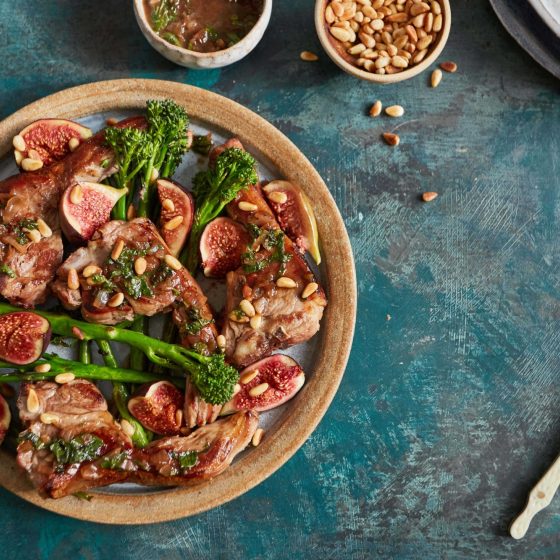
Creamy Tenderstem® broccoli & Salmon Pasta
Method
-
To make the garlic crumbs, roughly tear into chunks and pulse for a few seconds in a food processor until you have rough breadcrumbs, with some small and some larger pieces.
-
Heat a frying pan over a medium heat and add 1 tablespoon of the oil. Tip in the crumbs and add the chilli if using. Fry for 2-3 minutes until crisp and golden, stirring frequently, adding a little more oil if they are looking too dry. Add the crushed garlic, season with freshly ground black pepper and stir well to mix. Fry for a further minute then tip into a bowl and set aside.
-
Cook the tagliatelle according to the packet instructions. About 3 minutes before its due to be cooked, drop in the Tenderstem® broccoli. Once all cooked, drain well and tip back into the pan.
-
Stir through the smoked salmon, crème fraiche and chives until evenly mixed, warming over a low heat as you do so. Season to taste with pepper and serve in warmed bowls.
-
Pass the garlic crumbs around separately for people to add themselves.
More ways to cook Tenderstem®
Nutrition analysis of recipes featured on the Tenderstem® broccoli website is calculated by a registered dietitian using McCance and Widdowson's The Composition of Foods, Seventh Edition, but may vary slightly depending on the specific ingredients used. Analyses do not include optional ingredients or suggested accompaniments unless specific amounts are given. If there is a range in the amount of an ingredient, the smaller amount is used. When a recipe lists a choice of ingredients, the first is used.


